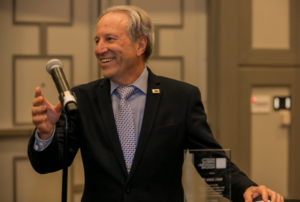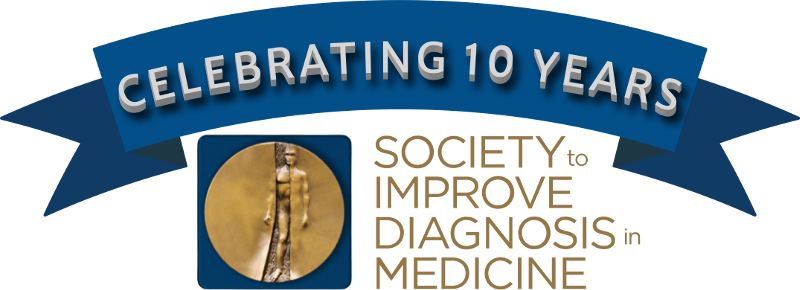Interview with Mark L. Graber, MD, FACP
SIDM Founder and President Emeritus
Celebrating 10 Years of SIDM
Interview by Susan Carr | Senior Writer, ImproveDx

Mark L. Graber, MD, FACP
Q: How has being involved with SIDM influenced your practice or work?
A: Creating SIDM and being involved in its growth has been enormously gratifying. It is such a pleasure to now interact with hundreds of colleagues and friends who share this common passion to address the problem of diagnostic error. Every new person brings unique ideas and energy to the quest. And I’ve learned a great deal personally:
- I can’t really avoid my cognitive biases, but I’ve gotten really good at recognizing them once I’ve made some slip.
- I am more open to alternative thoughts and ideas. My friend, CubieDx, sits on my desktop ready to help.
- This work takes a team. I’m constantly reminded of the inherent power of collaboration through the many projects, papers, and conferences that have come to fruition over the past decade, all thanks to SIDM, its leaders, members, and projects.
Q: As you think about SIDM’s 10-year history, is there a particular success or challenge you’d like to highlight?
A: SIDM, somehow, has struck a spark. Now, a growing number of individuals and organizations recognize that diagnosis is relevant in its own right and that diagnostic outcomes are critically important. Thanks in large part to the SIDM-sponsored report on diagnosis from the National Academy of Medicine, both diagnosis and diagnostic error are getting the attention they deserve. Creating this field and enabling the diverse community who believe in this work are SIDM’s greatest accomplishments.
Q: Where would you like to see the SIDM community focus its influence and resources in the next five years?
A: This is an amazing beginning, but the real work of changing practice lies ahead. I hope we all see the day when clinicians and healthcare organizations actually start to adopt the measures we believe will help. Teamwork and patient engagement will be the norm, follow-up and feedback will be routine, clinicians will value and use decision support, education will include courses on diagnosis, and a new subspecialty fellowship will produce master diagnosticians.
For those of us who weren’t even sure we’d make it to 1, seeing SIDM make it to “10” is indeed the perfect time to celebrate this milestone, reflect on what’s been accomplished and what’s left to do, and to thank the many, many individuals who have helped along the way to make this possible.

